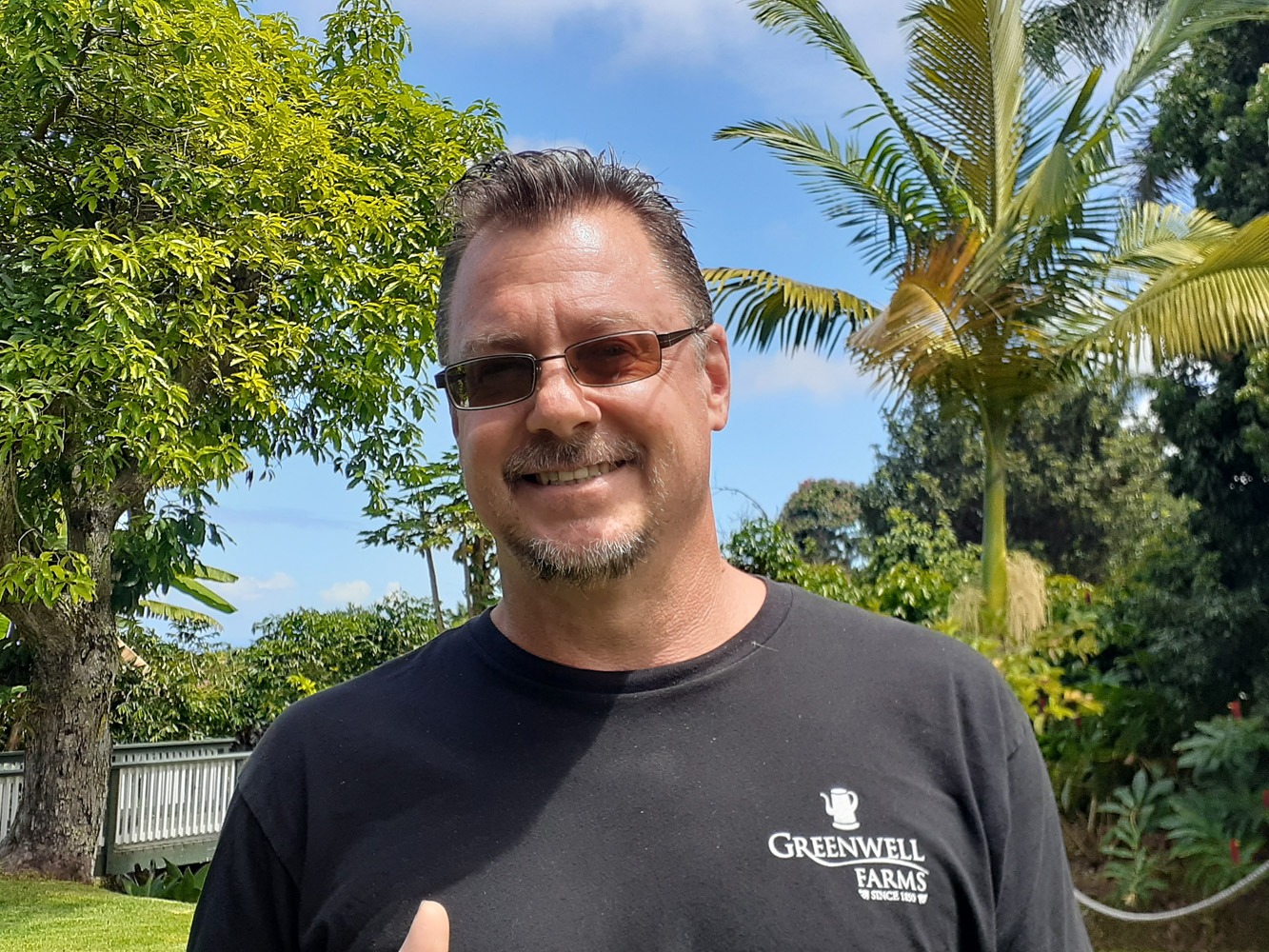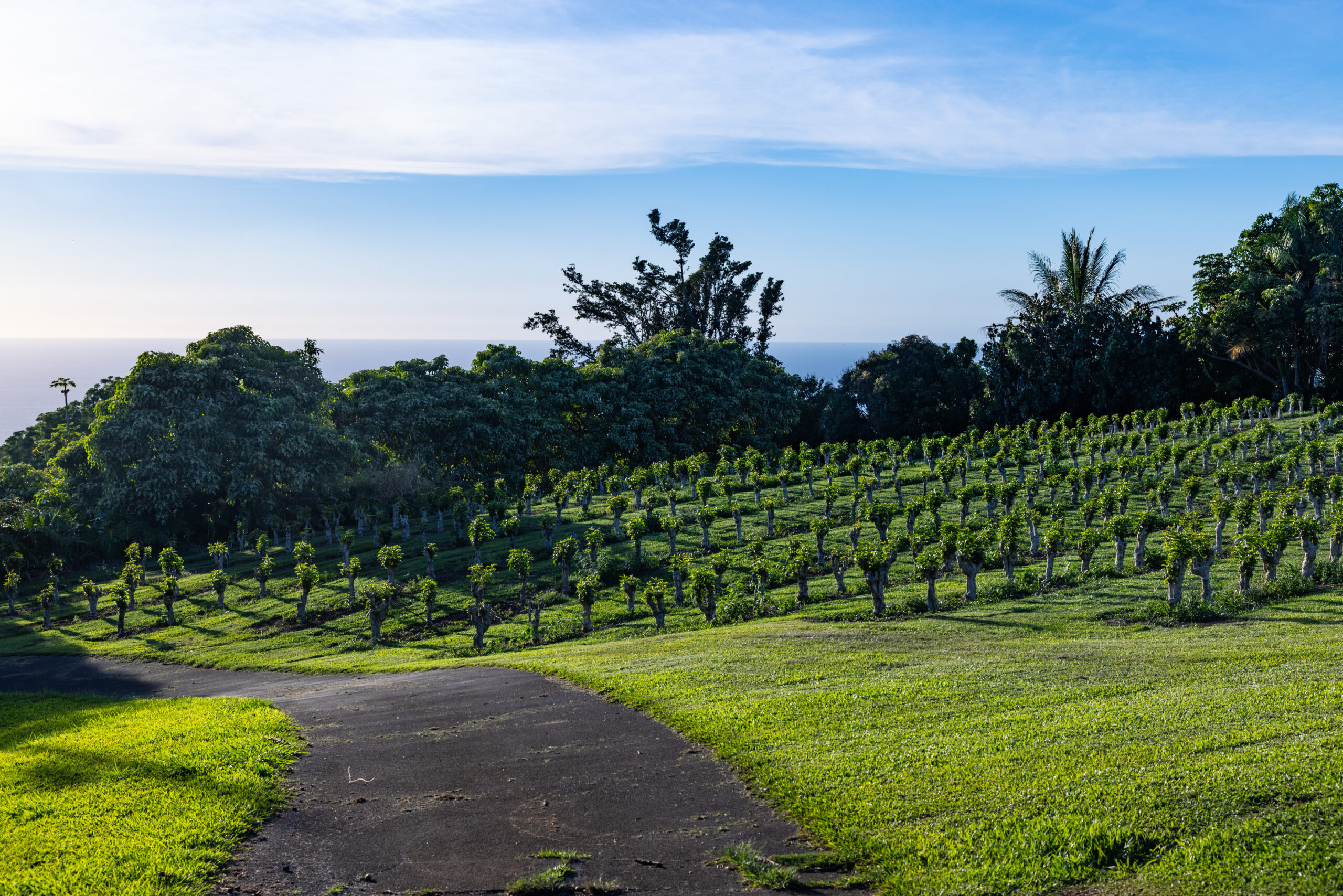How To Select A Coffee Roast (like A Pro)
Greenwell Farms grows many different varieties of coffee trees and also produces a variety of roasts. This allows us to create many amazing flavor profiles for our coffee. Many people though, are curious about what roasting does to coffee beans and what best roast to buy is. I will attempt to lay out a clear picture of what coffee roasting is and how it can influence consumer behavior.
The Toast Analogy
Imagine you have two pieces of bread. Let’s say a slice of rye bread and a slice of sourdough bread. Imagine taking a bite of each as bread, you will discover a completely different taste, texture, and aroma.
Now put that in a toaster to a light golden brown. You will still get rye and sourdough flavor but you will also notice colorization, caramelized sugars, and crunchiness. These characteristics are basically uniform.
Now continue the cook to a dark, black burnt on both sides crisp. When you bite in, no rye, no sourdough but burnt sugar, carbon, and smoke. The two pieces of toast are virtually indistinguishable.
Coffee cooks on this same general progression. We describe coffee on the lighter side of a roast spectrum as retaining a lot of its “origin” character (what makes it unique to where it grows.) We describe coffee on the dark side of the roast spectrum as having developed a “cook” character (what happens chemically to the bean in the roasting process.) Time and temperature are the only factors involved.
Now the good news for coffee drinkers is that on that roast spectrum, there is no right or wrong or good or bad. Coffee is one of those phenomenal beverages that lends itself to customization and people can drink what they like.
However, there is some guidance that we can share with you as to how different roasts are appropriate for different uses and situations.
The Who What When Why Where
Drinking an Origin, means you are drinking a coffee from a single location. It could be as broad as a country, a region within the country, a single farm, or a single lot (field) on that farm. If you want to experience what makes the coffee unique to where it grows, the lighter roasts (light and medium) will retain most of that. The smaller you get in terms of country to field the more important that becomes. Coffee professionals love to “drink origins” and discover the bounty of flavors that Mother Earth can create in a diverse multitude of environments.
Serving coffee to large groups of people (weddings, conferences, conventions) we tend to stay away from really light or really dark roasts. While the extremes have really exciting flavors to play with, the widely appealing (smooth, balanced, flavorful) cup profile is usually found in the realm known as medium-dark roast. It’s down the middle, flexible to black-cream-sugar, and drinks well with food.
The next level up we describe as dark roast and this is a coffee that many love in their espresso shots, with milk and sugar or even black with more cook-forward flavor notes. A great breakfast coffee as well as a dessert pairing.
French or Italian roasts cook the bean at a temperature that melts the lipids into actual oils and produces unique richness in the cup. (rubber, smoke, baker chocolate) These coffees can be great bases for café drinks (cappuccino, mocha, latte) or just warm milk.
The general progression of roasted coffee would look like this:
Light > Medium > Medium-Dark > Dark > French > Italian
The first two (light and medium) favor the bright acidity, the fruit, and the origin. The next two (medium dark and dark) favor caramelization, the balance of flavor and begin to create more body. The last two (French and Italian) really highlight the cook notes, are richer on the palate, and are more oily in the cup.
Not Speaking the Same Language
One of the difficulties in shopping coffee roasts is that roasters don’t speak the exact same language. While there are general parameters for the categories above, I can call my coffee anything I want to and what you might call a light roast I call a medium. If I only roast French roast I can call anything lighter than that my light roast.
Then there are marketing terms like cinnamon roast, blonde roast, Vienna roast, city roast, American roast, continental roast, and even high roast. All of these terms can be included in the roast spectrum above but roasters will use them to signify a certain aspect of the roast. None of them have any accepted standards.
What I always advise people is to try to understand the process from a higher level and then all of the small idiosyncratic complexities that roasters use to sell coffee can be understood within a larger context. If you want to understand this at a higher level, watch this James Hoffman video to get a deeper insight into what roasting actually is. It helps a lot.
Caffeine?
We have addressed this many times, but caffeine does lessen in darker roasts. We can generally say that the hotter you cook your coffee, the more it expands and you lose some physical mass from the bean. Loss of mass is loss of caffeine (maybe 5%).
We have also discussed in prior blogs that the way you make your coffee, the ratios of grounds to water, the contact time between water and grounds, and even the tree variety can have a bearing on the amount of caffeine in the cup.
The Pursuit of Excellence
What I encourage everyone to do is vary your roast from time to time. Try a light and a dark and a French and a medium and get to know the differing levels and flavors of cook. Find your sweet spot, but be open-minded to the idea that different coffees from around the world may have different sweet spots and different roasters from around the world use different terminology to communicate what they have done to the bean.
Learn that different roasts may prefer different methods of being extracted and that different roasts are appropriate for different uses and situations. Along that journey, I think you will gain an intuitive understanding of how best to use these roasts and where your general preference will lie. Aloha!

Matt Carter is a retired teacher (1989-2018), part-time musician, farmer, and currently manages Greenwell Farm’s Tour and Retail Store Operations.







I haven’t normally commented, but I really appreciated the information in this month’s blog relative to different roasts and different names of roasts. My wife and I prefer lighter roasts of single origin coffee, including Kona. We already appreciated that the lighter roasts retain caffeine. Many darker roasts, such as large purveyors like Starbucks tend to sell, seem to my wife and I to be over-roasted or burned, perhaps to mask the use of beans that may be inferior or sourced so widely that it’s too difficult to maintain quality. I’m interested in whether you agree with that or have a different explanation for what seems too often to be a “burned” and excessively bitter taste from such purveyors. I think that coffee, like wine, comes down to enjoying what you like, and different people have different tastes so I don’t tell people not to drink Starbucks or other brews that seem too bitter for me. One might even thank Starbucks for bringing more people to coffee. Again, please share your thoughts as my wife and I are always interested in learning more. Thanks!
Hi Matt, looking forward to visiting Greenwell Farms in November. Great guide on roast levels – will share!
Hello Matt – I enjoyed reading this blog and learned a bit about roasting and the various roasts. Thank you! In the blog you mentioned that in previous blogs you had discussed grounds to water ratios etc. Could I get a link to that blog possibly? My favorite Greenwell coffee is the dark roast but I have recently also enjoyed the Onouli when it was released. I am hand grinding the whole beans I get with my subscription in a 1Zpresso JX Pro S grinder and brewing in a Cuisinart drip maker. I know drip makers and not preferred but its the method that fits my lifestyle as I am drinking coffee all day while I work. I would like to learn more about how to manage the grounds to water ratio to perhaps brew better coffee. Right now I am estimating with trial and error based on how the coffee tastes. Any guidance that you could provide would be greatly appreciated. Thank you again for an interesting informative blog. Best regards, George Goundry
We have visited and toured Greenwells many times when we vacationed on the island. Our favorite is your “Full City Roast”.
Matt, thank you so much for reminding us why we loved our tour at Greenwell. (visited July 5th)
I see the term ‘full city roast’ used often with different processors but it is the one I lean towards when used as is tend to reflect to me a more medium roast of which I prefer… where did the term originate and is it actually a roasting standard?
Do you roast, when order is received? a couple farms put the
mark on the bag, and you can scan
and it shows the roasting day and so on.
Do you roast, when order is recieved?